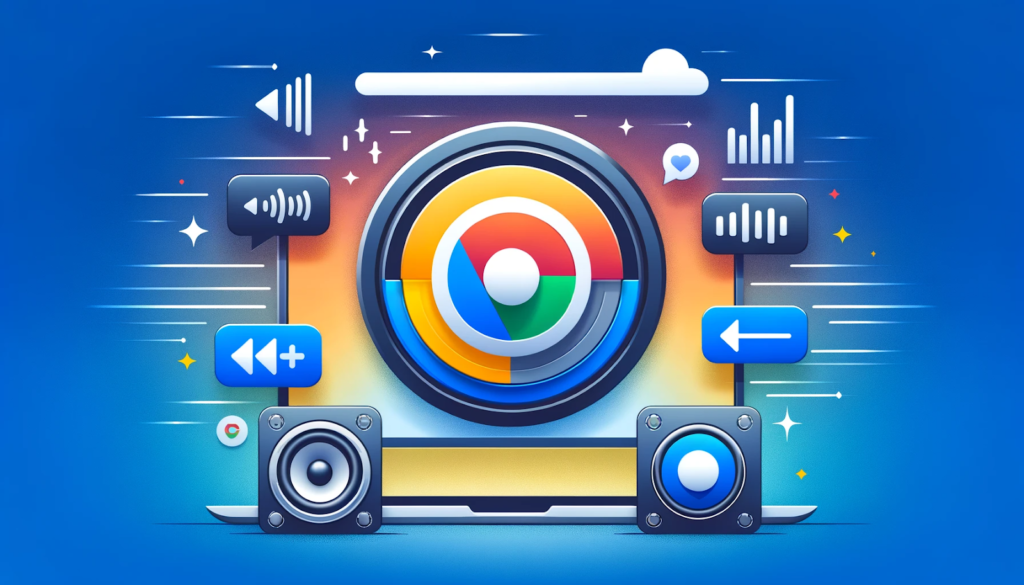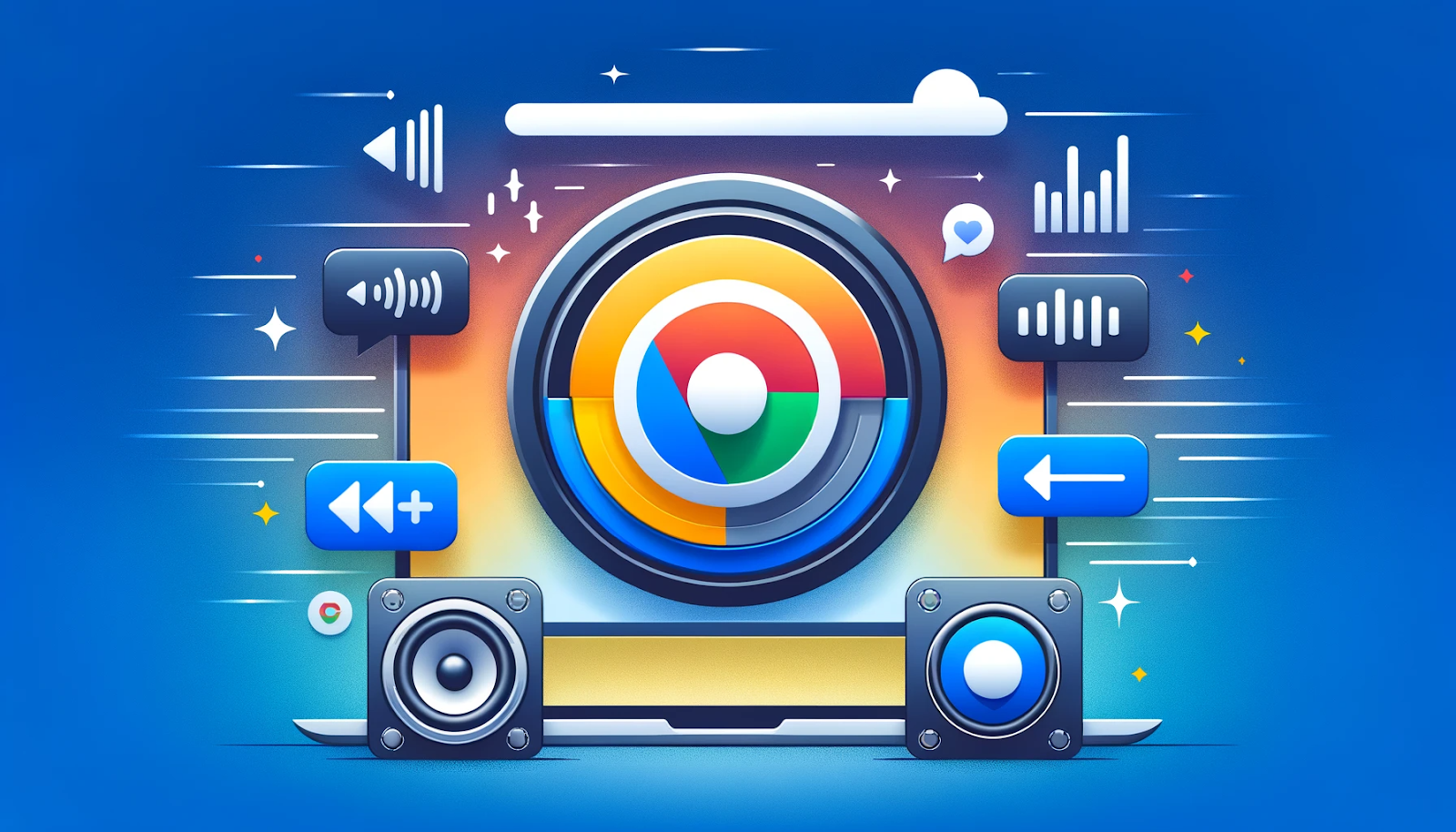
Do you constantly adjust the volume when browsing the web or streaming media in Chrome? Do some videos and audio seem too quiet, even at total volume? A volume booster extension can help amplify weak audio and enhance your overall listening experience in Chrome.
This comprehensive guide provides expert tips to help you maximize the capabilities of volume booster extensions, avoid pitfalls, and take your audio to the next level.
What Is a Volume Booster Extension?
A volume booster is a browser extension that increases the maximum achievable volume beyond Chrome’s default limit. It makes quiet audio louder so you can hear everything clearly without distortion.
Volume boosters take the audio signal and apply volume amplification through audio processing technology. Some also offer advanced audio controls like equalizers and presets for different listening needs.
When installed correctly, volume boosters seamlessly integrate with Chrome, making a louder volume available with one click while preserving audio quality. Volume boosters are designed to be simple and intuitive while packing powerful audio tuning capabilities under the hood.
Top Tips for Using Your Volume Booster
Follow these pro tips to optimize your volume booster’s performance:
1. Find Your Ideal Volume Range
Avoid maxing out a volume booster at total capacity, as it can degrade audio quality. The absolute maximum volume may sound distorted or clipped. Gradually increase the volume while listening closely to determine the sweet spot that balances loudness and clarity for your listening setup. Every set of headphones and speakers will have a different ideal volume ceiling.
2. Customize Per-Tab Volume
Some volume boosters let you control the gain level on a per-tab basis. This prevents one loud tab from dominating the rest. For example, you can set a lower volume for music tabs and a higher volume for YouTube tabs, where videos tend to be quieter. Per-tab volume control allows granular audio optimization.
3. Experiment with Audio Enhancement Presets
Switch between equalizer presets optimized for music, movies, and speech for improved frequency response. This effectively tailors the overall sound profile to match your current listening. For example, vocal-focused EQ settings emphasize clarity for podcasts and voice calls. While warmer, bass-boosted EQ presets will make the music shine.
4. Consider Hardware and OS Limitations
Volume can only be amplified to the maximum levels supported by your headphones, speakers, and OS. There will always be a hardware volume ceiling regardless of how much an extension attempts to boost sound. Reticent audio sources may lack enough fidelity for your device setup to make it significantly louder.
Common Volume Booster Pitfalls and How to Avoid Them
While extremely useful when configured correctly, volume boosters can backfire in several ways if users are unaware of certain pitfalls:
Pitfall: Distorted and Degraded Sound Quality
Excessive volume amplification beyond hardware capabilities will introduce audio distortion artifacts, including flattening, clipping, and cracking sounds. Avoid setting your booster to maximum volume by default. Too much gain will negatively alter sound quality.
Pitfall: Audio Sync Issues
Similarly, overdone volume adjustments can disrupt audio encoding bitrates, causing noticeable lag between video and audio tracks. This leads to frustrating lip sync issues. Set safe volume ceilings to ensure smooth, synced media playback.
Pitfall: High CPU Usage Causing Browser Slowdowns
Poorly coded boosters demand significant computer resources like CPU cycles and RAM, inevitably slowing down general browser performance. Favor well-optimized extensions with lightweight audio processing footprints for smooth web browsing and media streaming.
Pitfall: Intrusive Advertisements and Bloatware
Many subpar volume boosters fund their otherwise free offerings via obtrusive in-browser ads, notification spam, and tracking user data. Steer clear of these. Strictly opt for reputable open-source extensions with transparent permissions and positive community reviews.
Unlocking Cinema-Quality Listening with Advanced Features
Once configured correctly while avoiding potential downfalls, what can you expect from a premium volume booster? Here are some of the advanced features and functionality modern offerings provide:
Visually Customizable Equalizers
Fine-tune the frequencies you want to amplify rather than simply increase overall gain. 10-band or even 32-band equalizers allow nuanced audio adjustments tailored to your listening tastes. Visually confirm changes on frequency spectrum charts.
Hardware Calibration and Presets
Account for the unique acoustic characteristics of different audio playback hardware with specialized presets. Hear your specific headphones, earbuds, or speakers perform at their very best with EQ curves explicitly optimized for that gear.
Automatic Profile Switching
Save preconfigured volume booster settings that automatically apply based on whether you listen through speakers, Bluetooth headphones, wired earbuds, or other outputs. When switching to a listening device or environment, there is no need to manually tweak levels.
Real-Time Audio Spectrum Analysis
View dynamic sound waveforms and frequency breakdowns responding live as audio plays. This allows precise and direct tweaking of EQ bands based exactly on what you see and hear simultaneously. Achieve studio quality precision.
Volume Boost Your Way to Audio Bliss
We hope these comprehensive tips help you unlock the full potential of volume booster extensions. Follow best practices while avoiding pitfalls, and your browser audio will sing. Explore advanced features tailored to your personal listening needs and hardware. With seasoned techniques, these tools can seriously bolster even weak audio in Chrome for mellifluous music enjoyment, crystal-clear video streaming, distortion-free gaming, and voice calls. Which tips are you most keen to try first? Let us know your volume booster power user wisdom in the comments!

